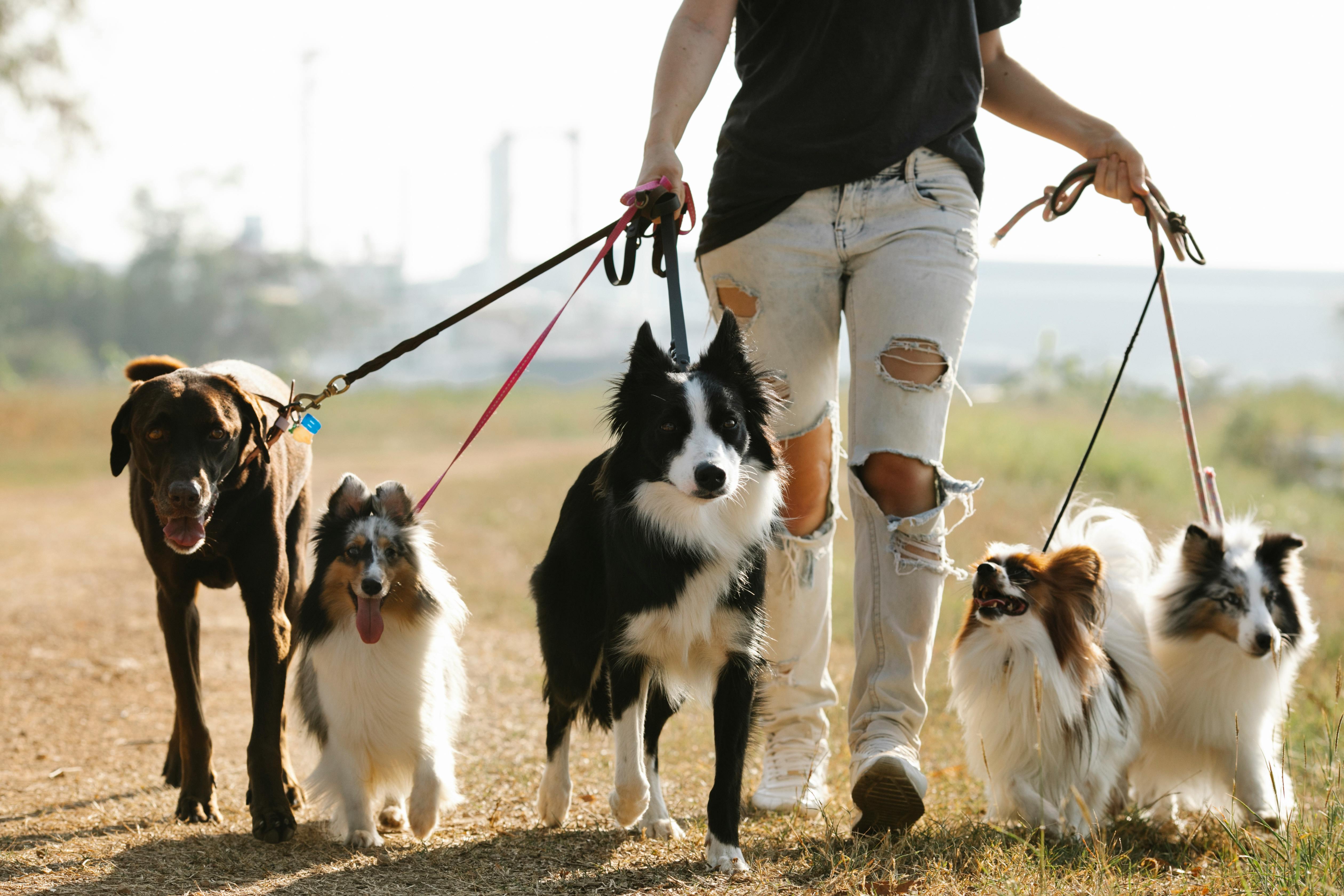by Courtney Sexton
What do you see when you look into the face of your furry friend? Perky ears? Soulful eyes? A heart-shaped nose? A familiar speckle or patch? It turns out that what dogs look like could impact how we interpret their facial expressions.
Are solid-coated dogs really more expressive?
A recent study in the journal Animals showed that people perceive solid-coated dogs as being more expressive than dogs with many pigments and markings on their faces.
In the study, researchers asked people to record their dogs’ facial expressions in four different situations. Each time the dog moved part of their face, researchers gave it a tally point. Points from all of the recordings were added up to get a score of how expressive the dog’s face was, overall.
Researchers also gave each dog a score based on the number of visible patterns and colors on their faces. When these were compared with the expressivity scores, it appears that dogs with plain-er (more solid-coated) faces make more expressions.
The researchers think this might be a matter of perception— that is, visual “noise” (i.e. more complex markings) may make it difficult for us to see dogs’ facial expressions even when they’re making them.
Tune-in to expressions to better understand your pup
We know it’s important to pay attention to all types of cues that our dogs give when communicating with us—including vocalizations, body language, and expressions. This study shows that it may be just as important to be aware of unintentional clues when it comes to tuning in to dog talk.
When communicating with your dog, practice being aware of even subtle movements on their face. Work on reading their facial cues during different routines, such as when you’re getting ready to go for a walk versus when you are getting ready for bed. See if you can tell when a marking or color pattern helps to make an expression more clear, or makes it harder to see.
Use facial expressions to level up on language learning
We may still be learning how to understand our dogs’ facial expressions, but our dogs are very good at interpreting and responding appropriately to ours— something they have learned to do over the course of our shared evolutionary history.
For example, another recent study found that dogs’ experiences of different emotions, like frustration vs. anticipation when waiting for a reward from a human, are indicated by the facial expressions they make.
Take advantage of your dog’s skill at facial interpretation when communicating with them. If you are more aware of the expressions you make in given situations, you can use those expressions repeatedly to really help drive home the meaning in the words you’re teaching your dogs.
Bridging the communication gap with FluentPet
As you learn to interpret their subtle facial cues, you can further your understanding by giving them a voice to express their needs, wants, and feelings.
FluentPet's button kits can help your dog communicate with you using simple, customizable words. By incorporating these buttons into your daily interactions, you can deepen your bond and better understand your four-legged friend's thoughts and desires.
If you don’t know which kit to buy, take our quick Learning Style Quiz, where we’ll provide recommendations based on your dog’s personality.




Leave a comment
This site is protected by hCaptcha and the hCaptcha Privacy Policy and Terms of Service apply.